We’re visiting with Virginia Sherry today.
A lifelong gardener, I am the founder of the nonprofit Native Plant Society of Staten Island (in 2019). As summer draws to a close, I treasure what is still blooming in my landscape. Most but not all of the species are native to eastern North America.
 Many people dismiss field thistle (Circium discolor, Zones 3–9) as a weed. While these plants are spiny and not for many gardens, if you have space to let them grow they are wonderful nectar sources for pollinators, and the seeds are enjoyed by birds.
Many people dismiss field thistle (Circium discolor, Zones 3–9) as a weed. While these plants are spiny and not for many gardens, if you have space to let them grow they are wonderful nectar sources for pollinators, and the seeds are enjoyed by birds.
New England aster (Symphyotricum novae–angliae, Zones 4–8) is just beginning to bloom. Asters are one of the great highlights of the late-summer and fall garden and are a wonderful food source for pollinators as they get ready for the winter.
Brown-eyed Susan (Rudbeckia triloba, Zones 4–8) is a beautiful, heavy-flowering plant. Individual plants of this species are perennial but tend to be short-lived. However, they will often self-sow when happy so that you can have blooms in the garden every year.
Though not a U.S. native, super-fragrant Russian sage (Salvia yangii, Zones 4–9) is a favorite of bees, who love its small blue flowers, and of gardeners, who love its beauty and great drought tolerance.
Autumn Joy stonecrop (Sedum telephium ‘Herbstfreude’, Zone 4 – 11) is one of the classic plants for the fall garden. It is durable, easy to grow, and gives a long-lasting display that pollinators adore.
If you want the long flowering period of an annual, but in a spot that gets dry and can’t be irrigated regularly, portulaca (Portulaca grandiflora, annual) is a great choice. The succulent leaves make it thrive where a petunia or impatiens would dry up and die.
Anise hyssop (Agastache foeniculum, Zones 4–8) is a great, long-blooming native perennial. The leaves have a nice scent to them, and it can bloom pretty much all summer into fall, especially if you deadhead it.
Jumpseed (Persicaria virginiana, Zones 4–8) rewards those who take a closer look at the intricate details of the developing seedheads.
Here’s a last hurrah for garden phlox (Phlox paniculata, Zones 4–8), surely one of the most popular native perennials of eastern North America. Every garden needs garden phlox, and the pollinators agree!
Have a garden you’d like to share?
Have photos to share? We’d love to see your garden, a particular collection of plants you love, or a wonderful garden you had the chance to visit!
To submit, send 5-10 photos to gpod@taunton.com along with some information about the plants in the pictures and where you took the photos. We’d love to hear where you are located, how long you’ve been gardening, successes you are proud of, failures you learned from, hopes for the future, favorite plants, or funny stories from your garden.
Have a mobile phone? Tag your photos on Facebook, Instagram or Twitter with #FineGardening!
Do you receive the GPOD by email yet? Sign up here.
Fine Gardening Recommended Products
Planting in a Post-Wild World: Designing Plant Communities for Resilient Landscapes
Fine Gardening receives a commission for items purchased through links on this site, including Amazon Associates and other affiliate advertising programs.
Featuring gorgeous photography and advice for landscapers, Planting in a Post-Wild World by Thomas Rainer and Claudia West is dedicated to the idea of a new nature—a hybrid of both the wild and the cultivated—that can nourish in our cities and suburbs.
The Nature of Oaks: The Rich Ecology of Our Most Essential Native Trees
Fine Gardening receives a commission for items purchased through links on this site, including Amazon Associates and other affiliate advertising programs.
The Nature of Oaks reveals what is going on in oak trees month by month, highlighting the seasonal cycles of life, death, and renewal. From woodpeckers who collect and store hundreds of acorns for sustenance to the beauty of jewel caterpillars, Doug Tallamy illuminates and celebrates the wonders that occur right in our own backyards. He also shares practical advice about how to plant and care for an oak, along with information about the best oak species for your area.
Fine Gardening receives a commission for items purchased through links on this site, including Amazon Associates and other affiliate advertising programs.
- Slim, lightweight design, is made with toxin-free polyurethane and utilizes industrial grade, lead-free fittings
- 3 Pounds
- 1200"L x 0.43"W
- Manufactured in the USA
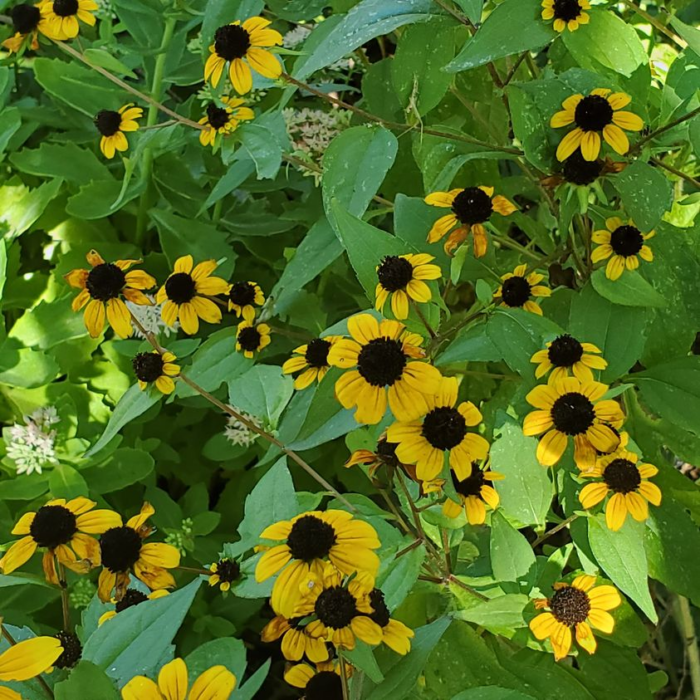
 Many people dismiss field thistle (Circium discolor, Zones 3–9) as a weed. While these plants are spiny and not for many gardens, if you have space to let them grow they are wonderful nectar sources for pollinators, and the seeds are enjoyed by birds.
Many people dismiss field thistle (Circium discolor, Zones 3–9) as a weed. While these plants are spiny and not for many gardens, if you have space to let them grow they are wonderful nectar sources for pollinators, and the seeds are enjoyed by birds.




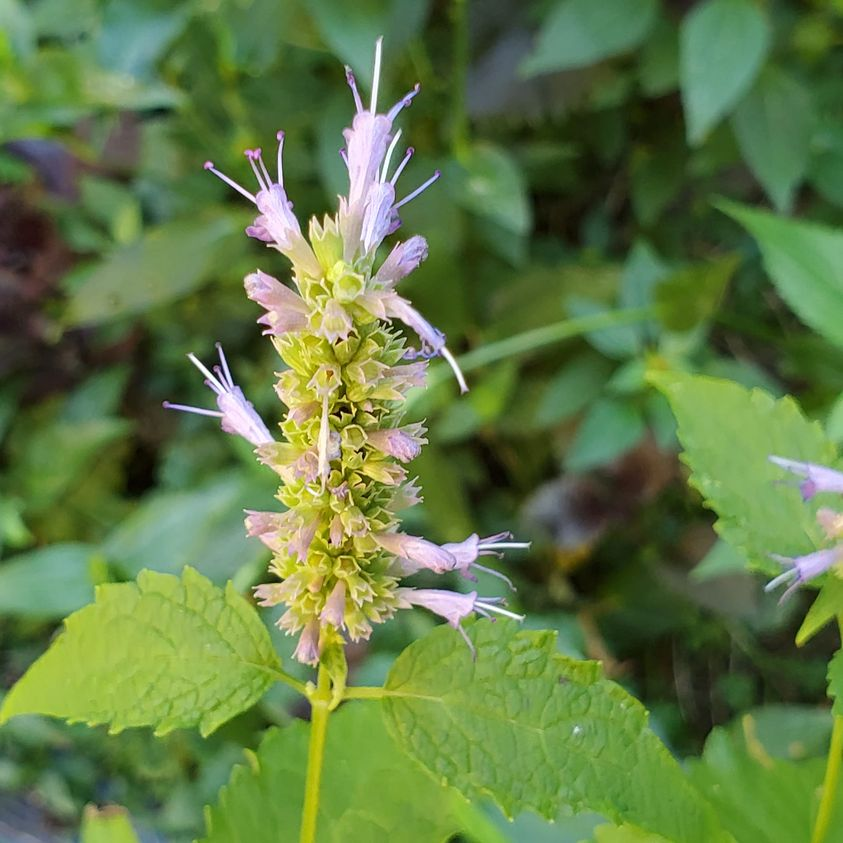
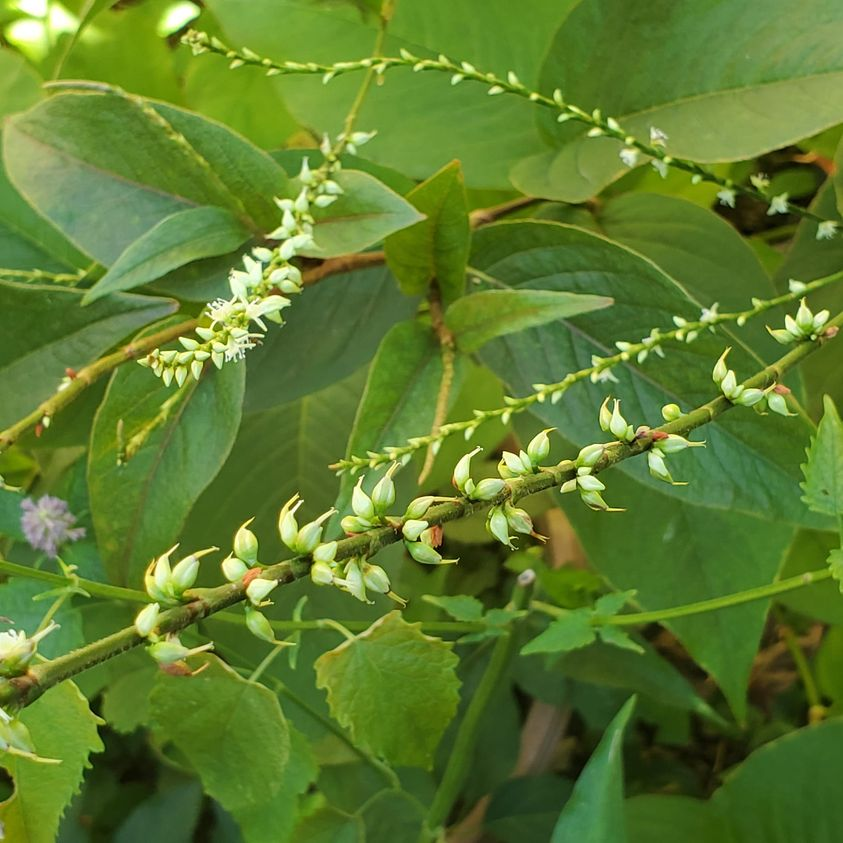

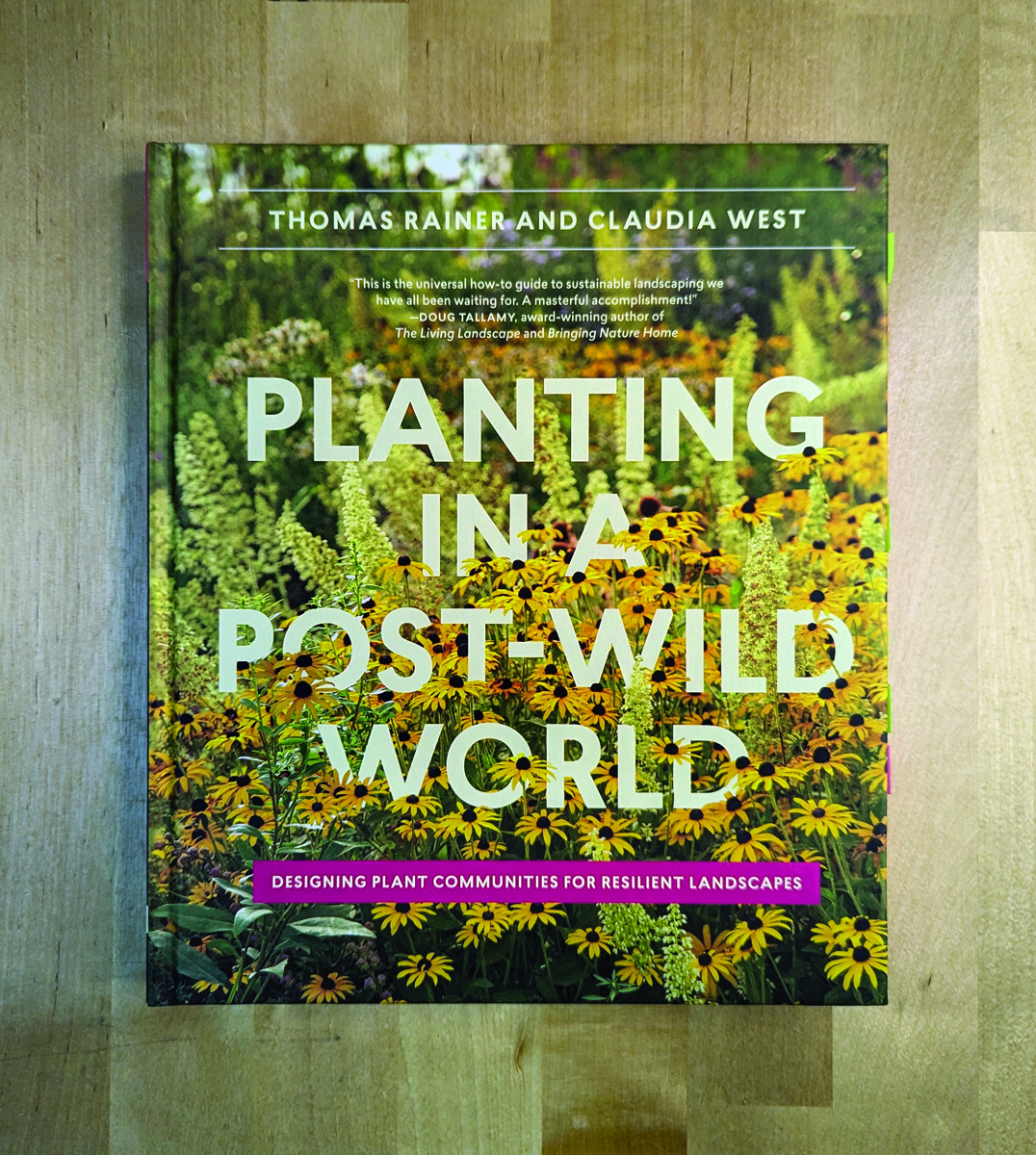
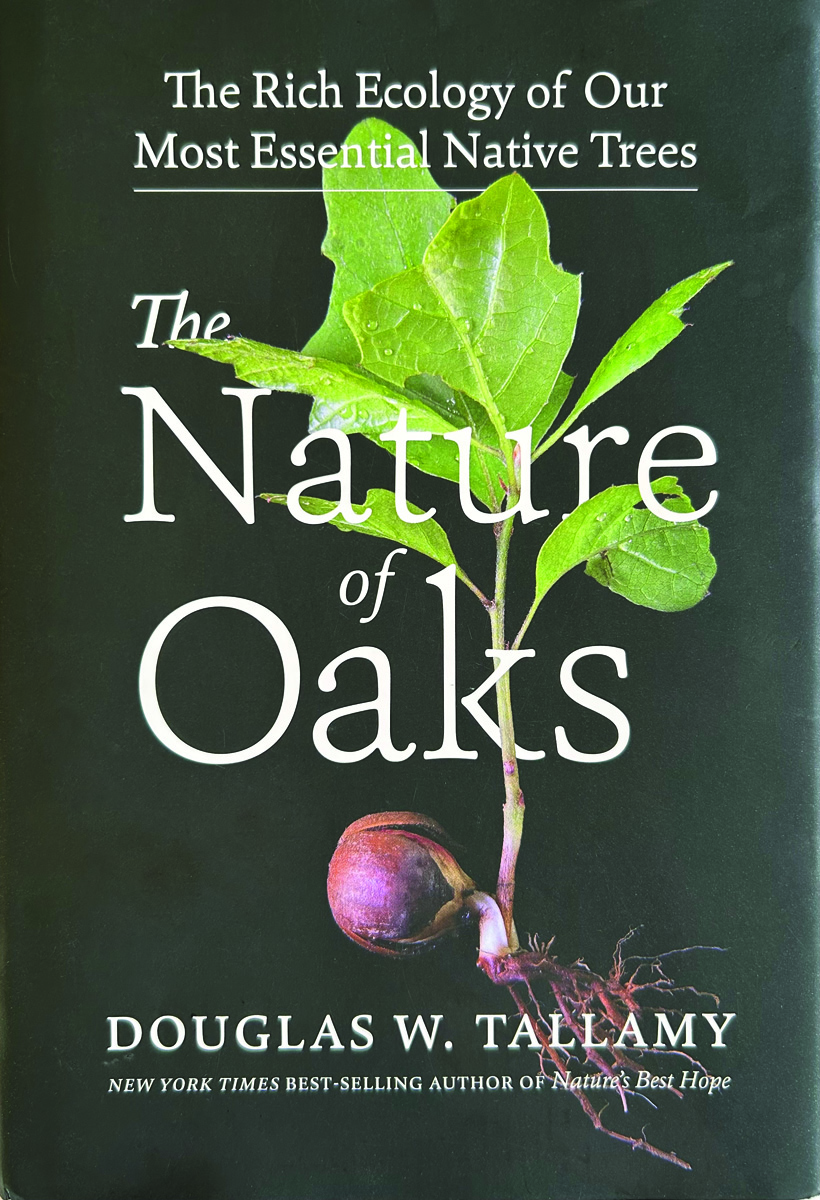
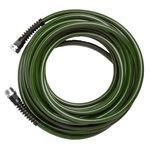

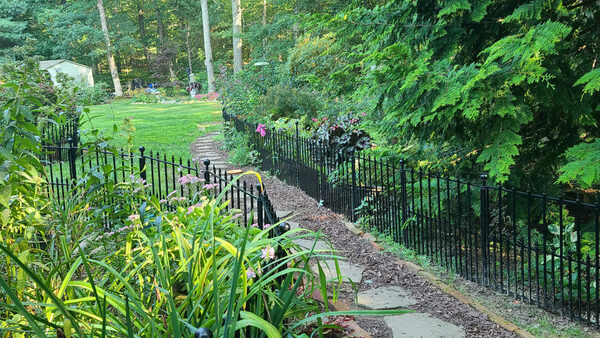



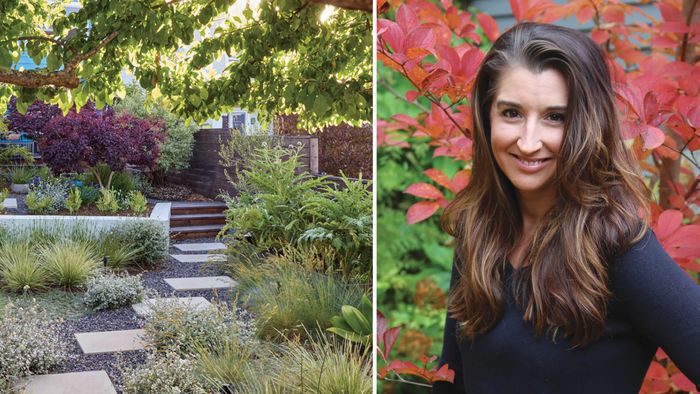
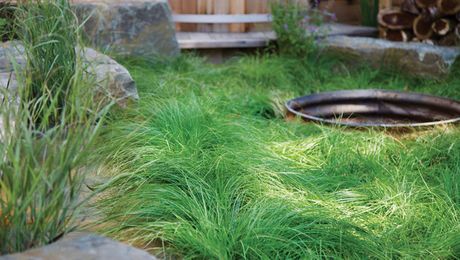
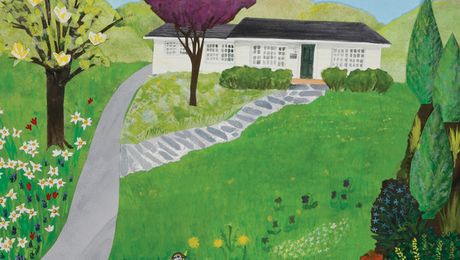
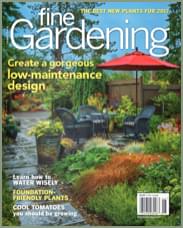

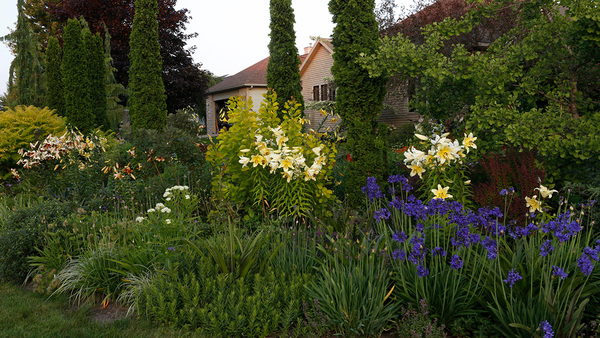



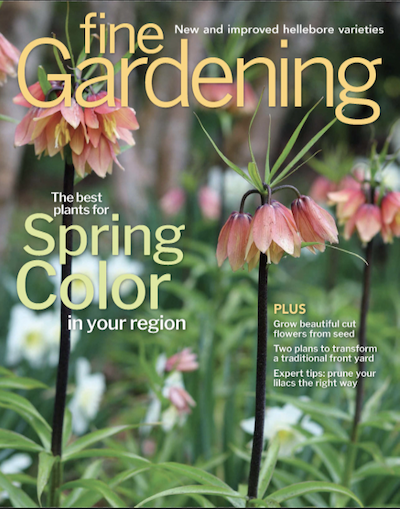



Comments
Your Thistle Circium Discolor is interesting, wish I had the space and sun to grow it for the wildlife.
Thanks for reminding us how great Portulaca performs, I should plant that again!
Great photos, thanks for sharing!
I have Rudbeckia triloba in my yard & I adore it.
Autumn Joy sedum - marvelous! So beautiful and break off a stem or two and start more! Your plants are great.
Great photos. I'm always on the look-out for good natives for my area to add to my garden.Thanks
Log in or create an account to post a comment.
Sign up Log in